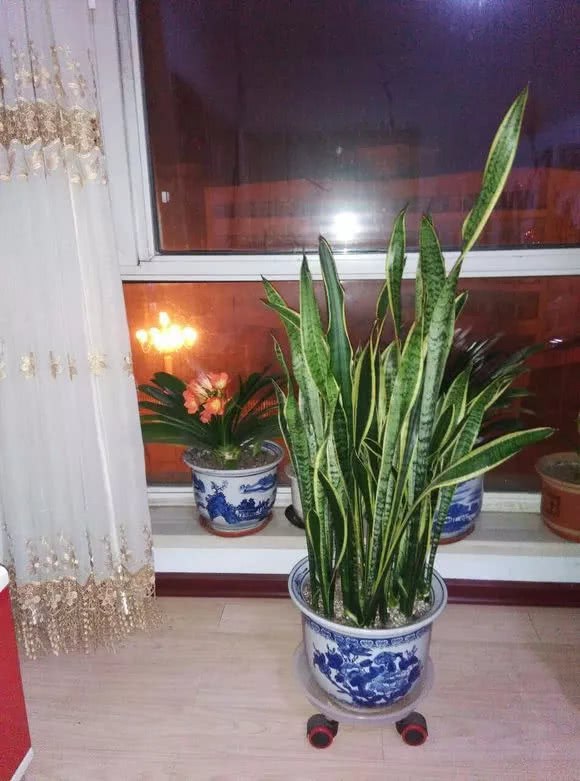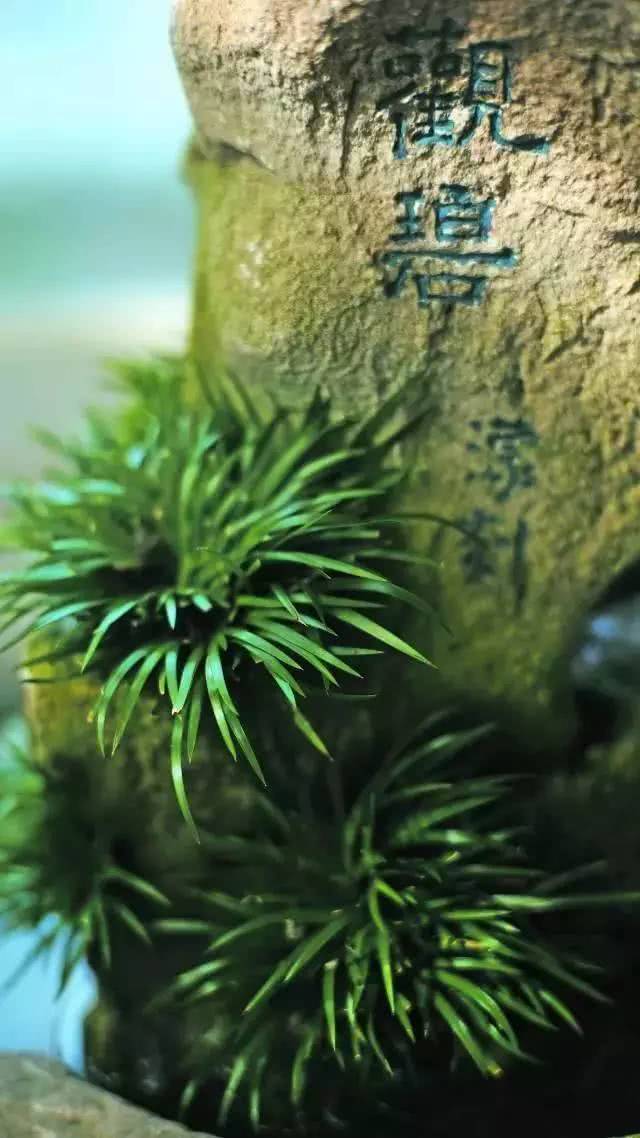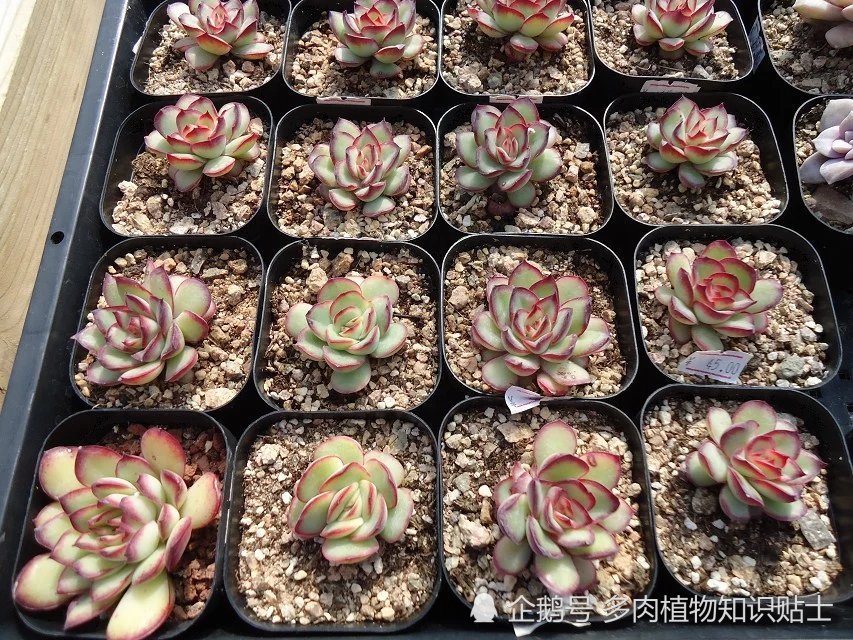These six kinds of flowers are now cut to survive at 100%.

In this season, autumn is crisp and the sky is clear, and the survival rate and rooting rate of many flower cuttings are very high. Today, I would like to introduce to you six kinds of flowers that are most likely to survive by cutting, hurry up with the tools at hand, and take action!
"
Crab claw orchid
"
-Tiger tail orchid-
Cuttings choose strong and thick leaves, cut to a length of about 5-6 cm, cut flat when cutting, do not cut obliquely or bent.
After cutting, do not worry about cutting, put it in a cool place to dry, the wound can be dried before cutting can avoid rotting roots.
Insert the dried cuttings into the sand or vermiculite to expose the soil surface so as to keep the soil moist and take root in a month or so.
-crab claw orchid-
Choose the strong crab claw orchid with thick leaves as the material, take 1-2 mature stem nodes and dry them. The basin soil chooses the soil which is breathable, good drainage and rich in nutrition. You can add some pearl salt or vermiculite to it.
Insert the prepared cuttings into the basin soil and wait for the basin soil to dry before watering it. It will take root in about 1-2 weeks.
-Lingxiaohua-
The end of autumn and the beginning of winter are very suitable for soil cutting, and the survival rate of cutting propagation is very high. Select the sturdy branches of Lingxiao flower, which have been growing for more than two years, and cut them into cuttings 10-15 cm long. Note that the upper cut should be cut flat, and the lower cut should be cut oblique.
After cutting, do not worry about cutting, in a cool and ventilated place to dry for half a day or so, and then the cutting effect will be better. When the cuttings are ready, the cuttings can be cut at a depth of about 1 per cent of its length, keeping the soil moist and rooting in about 20 days.
-hydrangea-
Choose sturdy branches, pruning branches to leave only one node, leaves should also be removed half, to prevent water loss too fast. Cut flat at the upper cut and oblique at the lower cut.
Pour the prepared basin soil thoroughly and disinfect the cuttings with fungicides. Insert the part below the node into the soil, then put the flowerpot into the tray and add the right amount of water to the tray so that the water will go up the soil and the soil will remain moist all the time.
It can take root in about 20 days, and the basin can be moved in a month.
-triangular plum-
Select the vigorous and sturdy branches from the triangular plum plant as cuttings, generally woody (feel very hard, not soft and) branches, so that the germination rate is higher, but also easy to survive.
After selecting the branches, cut them into cuttings about 15-20 cm long, cutting flat at the top and oblique at the bottom. First punch holes in the basin soil with chopsticks, and then insert the prepared cuttings, about 4-6 cm deep, and take root in about 30 days.
-Ivy-
Ivy cuttings are selected from the top of its branches, pinch a branch of about 30 cm, and cut into 10-15 cm long cuttings with 3-4 nodes, leaving 1-2 leaves at the top.
The soil had better choose the soil with strong permeability, the flowerpot should choose the container with good drainage, and it is also very simple and convenient to make one directly through several holes in the plastic bottle.
Poke several small holes in the soil with chopsticks and insert the cuttings into the soil at a depth of about 5 centimeters. It will take about 20 days to take root.
Now let's cut these six kinds of flowers.
The survival rate is very high.
Show it to the flower friends who need it.
- Prev

It is necessary to raise these seven kinds of flowers in the study, which are practical and elegant.
The ancient literati were good at learning from nature, and the emotion brought to them by all things must have originated from their spirit and rhyme in the state of nature. In other words, only the flowers and trees in nature have their appearance on the literati.
- Next

Visiting the greenhouse of succulent plants in early summer, I can't help but want to buy some pots.
Thanks to luanfeifei, most of the material is Sedum.
Related
- Wuhan Hospital Iron Tree Blooming Result Was Instantly Frightened by the Gardener Master
- Which variety of camellia is the most fragrant and best? Which one do you like best?
- What is the small blue coat, the breeding methods and matters needing attention of the succulent plant
- Dormancy time and maintenance management of succulent plants during dormancy
- Minas succulent how to raise, Minas succulent plant pictures
- What are the varieties of winter succulent plants
- How to raise succulent plants in twelve rolls? let's take a look at some experience of breeding twelve rolls.
- Attention should be paid to water control for succulent plants during dormant period (winter and summer)
- Watering experience of twelve rolls of succulent plants
- Techniques for fertilizing succulent plants. An article will let you know how to fertilize succulent plants.

